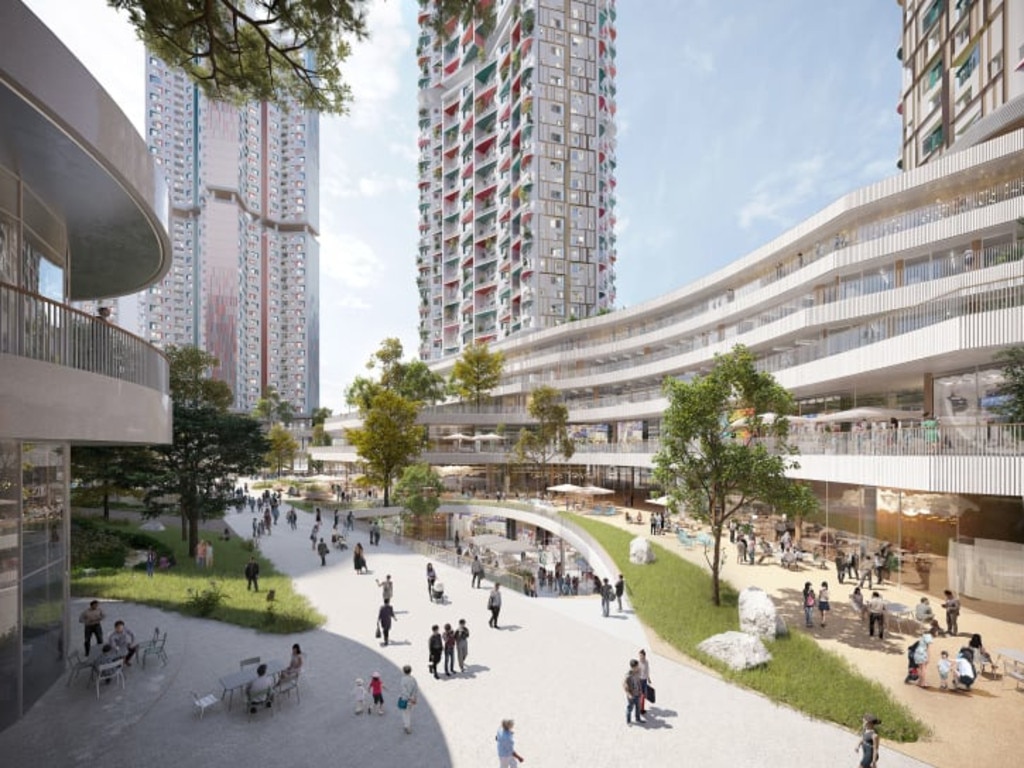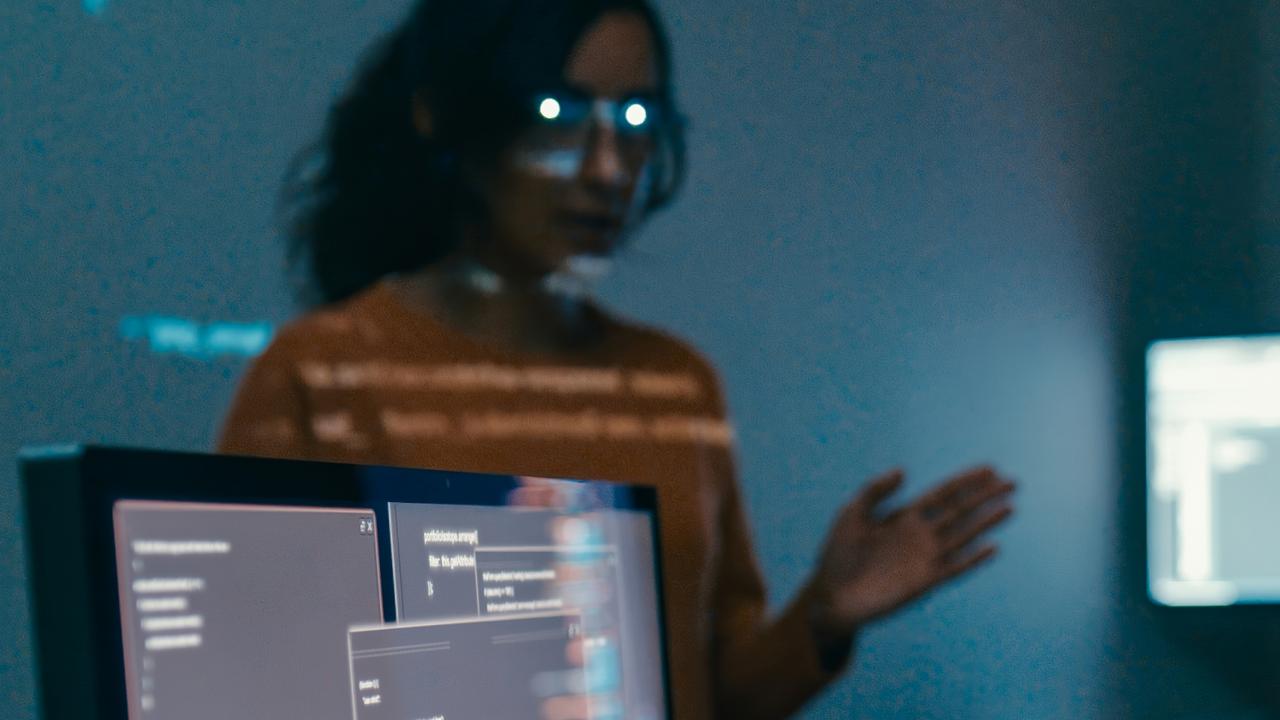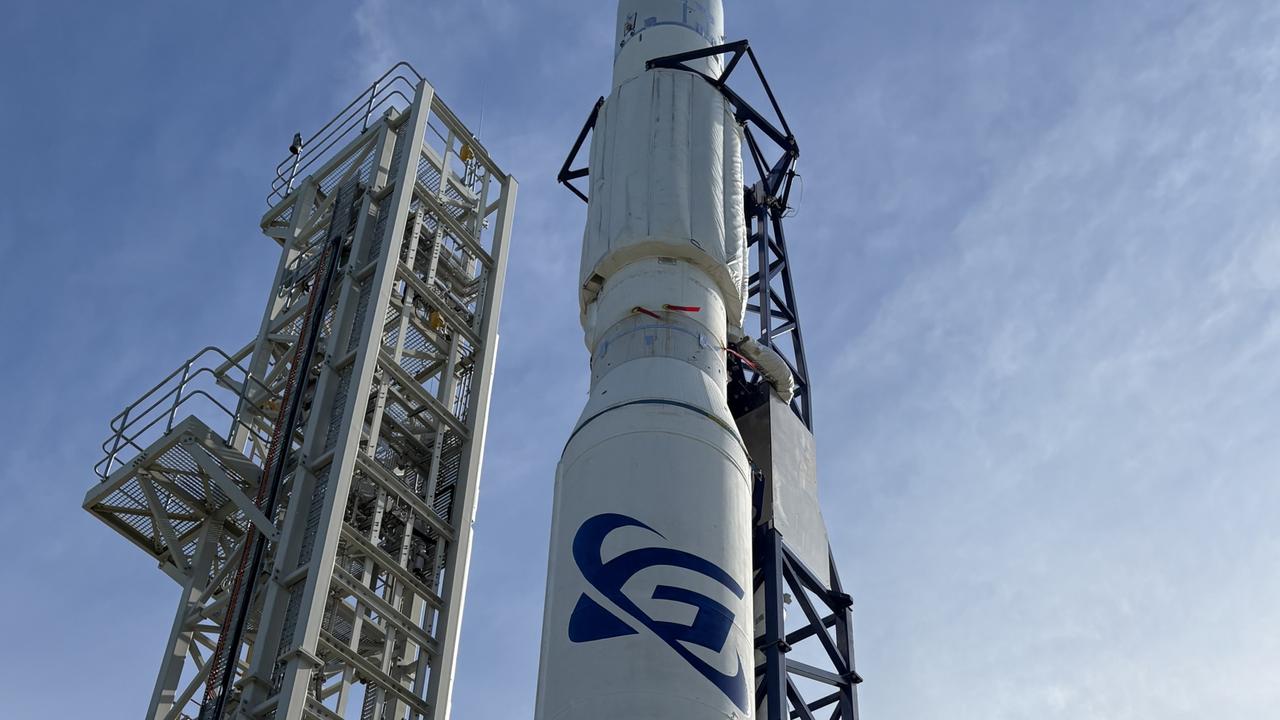UN Studio’s ‘10-minute city’ plans to completely eliminate cars
An incredible cutting-edge residential project focusing on wellbeing and convenience has been green-lit.
A revolutionary new city design has been slated for South Korea, offering residents a new-age lifestyle without cars and with a focus on day-to-day wellbeing.
Project H1, put forward by UNStudio co-founder Ben van Berkel, plans to use an old industrial site and railyard as the starting point for the new city, located close to the mountains in the northeast of Seoul.
A press release promoting the project says a major goal is to ensure “all the conveniences of the city” will be within a 10-minute walk from people’s homes.
Mr van Berkel said that residents’ “daily life experience” is the project’s “top priority”.
“We do this through the inclusion of a rich density of uplifting, curated on-site experiences that provide an extensive range of options for how they can spend their living, working and leisure time, thereby also saving them the time needed to travel elsewhere in the city — because with time that is saved, more time is created,” he said.
“We have taken an approach of ‘flexible urban density’. This enables the multifunctional use of public space and employs mixed-use organisational models to ensure that the residents can meet, connect and socialise, both in planned and spontaneous scenarios.
“The components of the masterplan not only encourage the creation of strong community bonds, the proposed digital service packages also create an unprecedented level of convenience for the residents.”
A spokesman for UNStudio confirmed the project has been given the green light, but did not disclose when construction will begin.
Until then, a number of high definition CGI renderings have given a glimpse at how the proposed neighbourhood will look, featuring public plazas, gardens, green roofs and “nature zones” all connected by walkways.
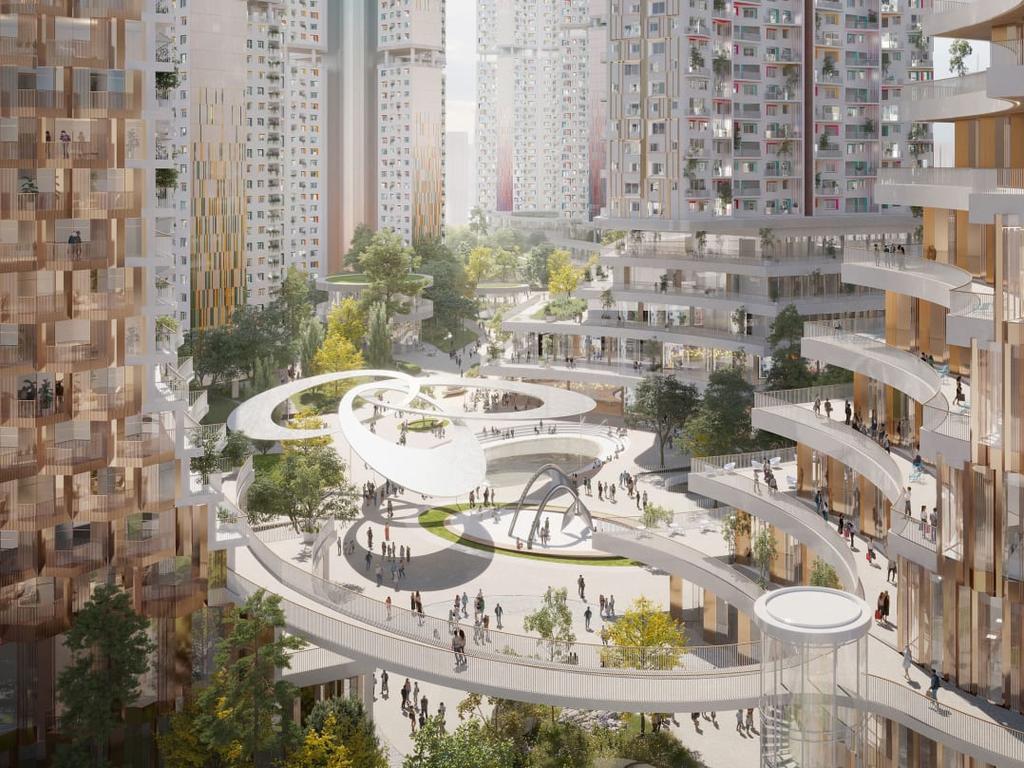
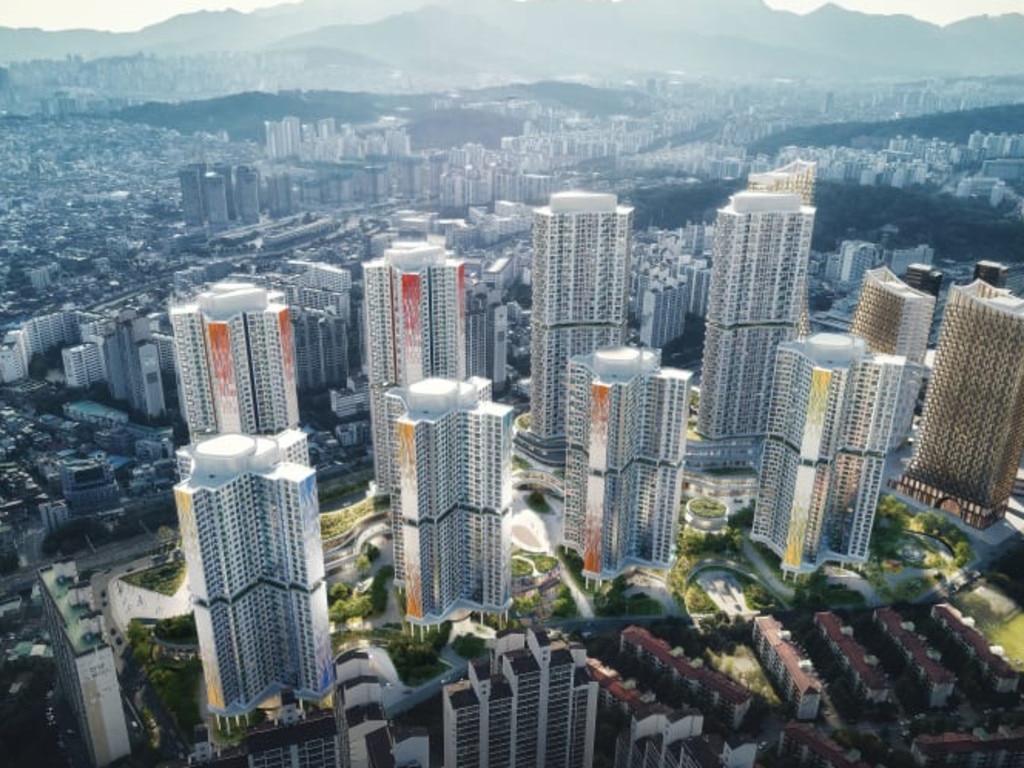
The concept of a “15-minute city” was first proposed by French-Colombian scientist Carlos Moreno in 2016. The philosophy has been adapted by Paris mayor Anne Hidalgo, who recently proposed making the French capital a “ville du quart d‘heure” or “quarter-hour city” while campaigning for election.
Advocates for the futuristic city design believe it is only a matter of time before the concept takes hold elsewhere. Cities like Project H1 will provide the rest of the world with data to showcase the viability of reducing cars and increasing foot traffic in urban hubs.
“The emergence of this pandemic exposed the vulnerability of cities ... and the need for a radical rethinking, where innovative measures need to be tailored to ensure that urban residents are able to cope and continue with their basic activities, including cultural ones, to ensure that cities remain both resilient and liveable in the short and long terms,” Mr Moreno wrote in the academic journal Smart Cities, adding that “further research is now warranted to showcase how the idea and its elements can be replicated in cities within the global south”.
